Dragon Ladies and Lifesavers: High Flights and Firsts in Military Aviation
A record-breaking U-2 mission marks 70 years at the edge of space, while we look back at the helicopter medevac that changed battlefield rescue forever.
“If I could become a missile, I myself would fly and down this damned intruder.”
— Marshal S. S. Biryuzov, Commander-in-Chief of Soviet Air Defense Forces, during the 1960 U-2 shootdown crisis
Mission Briefing
“70 Years at 70,000 Feet” – U-2 Breaks Endurance Records in Historic Tribute Flight
On August 1, 2025, a Lockheed TU-2S Dragon Lady lifted off into the night sky over Beale Air Force Base and didn’t return for over 14 hours. What followed was a record-breaking mission that pushed both man and machine to their limits, celebrating 70 years since the U-2’s first unintentional flight and proving the legendary spy plane still has more to give.
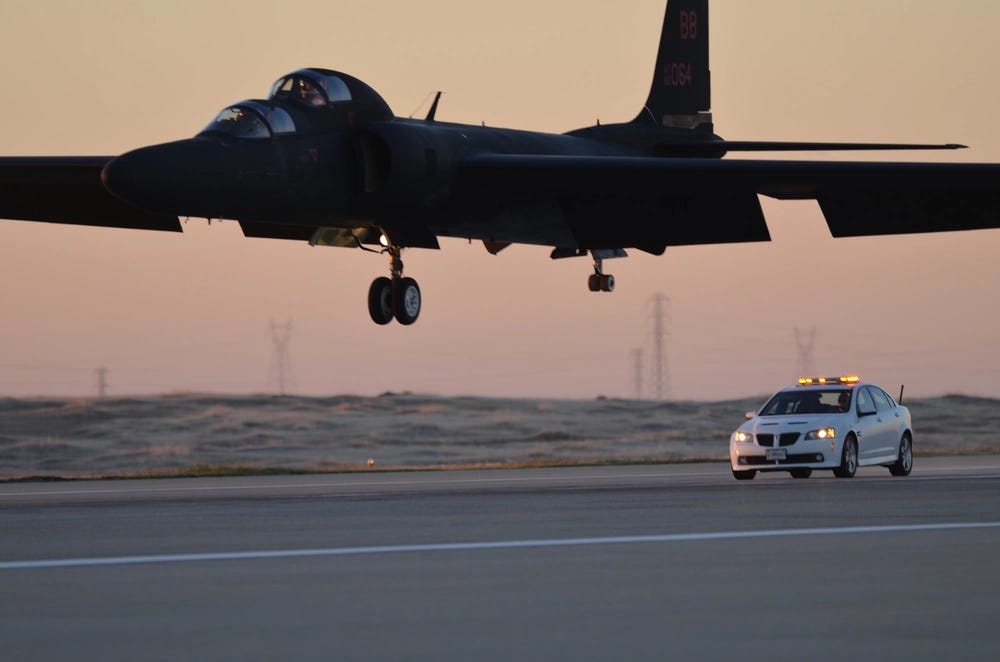
Flying under the callsign DRAGON 70, the aircraft soared across all 48 contiguous U.S. states, covering over 6,000 nautical miles and breaking endurance records for its class. The Air Force later confirmed the achievement, calling it the longest U-2 sortie ever attempted and a feat 11 years in the making.
A Flight Decades in the Making
The mission was flown by the U.S. Air Force’s most experienced U-2 team: Cory “ULTRALORD” Bartholomew and Lt. Col. “JETHRO,” both of the 1st Reconnaissance Squadron. Between them, they hold more U-2 flight hours than anyone else in the aircraft’s storied history. Their record-setting journey wasn't tracked by Flightradar24 or commercial apps—the only clues came from radio communications intercepted by aviation enthusiasts as they spoke with Atlanta Center.
The flight was carefully planned to coincide with a meaningful date: the 70th anniversary of the U-2's first accidental flight in 1955, when test pilot Tony LeVier lifted off from Groom Lake during what was meant to be a high-speed taxi test. That symbolic milestone became the launchpad for this high-flying tribute, dubbed “70 Years at 70,000 Feet.”
Planning the Impossible
This mission didn’t come together overnight. “Eleven years ago, I realized just how far we could hypothetically fly the U-2 if we really wanted to push its limits,” ULTRALORD said. “Now, on the 70th anniversary, it seemed right to demonstrate what this aircraft is truly capable of.”
Behind the scenes, the flight tested every aspect of U-2 operations—from cutting-edge mission planning software to the physiological endurance of its pilots. The 1st RS team, including mission planner Stephen “SCOTCH” Johnson, spent years refining the flight path, accounting for winds, altitude restrictions, emergency divert fields, and regulatory boundaries. The physiological support team from the 9th PSPTS and the maintainers of the 9th Aircraft Maintenance Squadron, known as the Dragon Keepers, ensured every aspect of the flight was executed with surgical precision.
A Tribute in the Sky
But this mission wasn’t just about records. As Lt. Col. John “JESTER” Mattson, commander of the 1st RS, explained, “This flight is historic, and it is fitting that it was planned and flown by aircrew from the 1st Reconnaissance Squadron, America’s longest-serving flying unit.”
In a moving tribute, the route of DRAGON 70 was carefully charted to fly over regions tied to fallen U-2 pilots and their families. The flight served as a living monument to every aviator who’s ever worn the Dragon Lady’s pressure suit—just over 1,000 in total—and to the legacy of an aircraft still flying high after seven decades.
As for the altitude? The Air Force remained silent. Though many speculated the aircraft would attempt to break the U-2’s known ceiling—widely believed to be above 70,000 feet—the actual performance remains classified. Perhaps fittingly, the Dragon Lady still keeps some secrets of her own.
This Week in Aviation History
It seems that many of my readers are current/former helo pilots, maintainers, or afficionados of our rotary winged friends, I’ll work in more helo-centric content in the coming weeks, starting with this entry:
August 4, 1950 – First Helicopter Medevac in Combat
In the rugged hills near Sengdang-ni during the early days of the Korean War, U.S. forces made history—not with a weapon, but with a rescue. A Sikorsky H-5F helicopter from Detachment F, 3rd Emergency Rescue Squadron, lifted wounded U.S. Army Private First Class Claude C. Crest, Jr. from the battlefield and delivered him safely to a nearby field hospital. It marked the first time in military history that a wounded soldier was evacuated from combat by helicopter.
This innovation came during the intense Battle of the Pusan Perimeter, where U.N. forces were fighting for survival against North Korean advances. By the war’s end in 1953, helicopters had medevaced over 21,000 U.S. soldiers, transforming battlefield medicine and rewriting the rules of casualty evacuation.
Though not designed for combat, the H-5 was often pushed to its limits—overloaded, flown out of center-of-gravity tolerances, and completely unarmed save for the crew’s personal weapons. Pilots carried a .45-caliber M1911 pistol, and the crewman a .30-caliber M1 Carbine.
The Sikorsky H-5F: A Lifesaving Workhorse
Originally adapted from the commercial S-51, the H-5F was a four-seat, single-engine helicopter built with a mix of aluminum, plywood, and plexiglass. Its main rotor spanned 48 feet, and its wooden tail rotor measured just over 8 feet. With an empty weight of 4,050 pounds and a max gross weight of 5,300 pounds, the H-5 could fly up to 275 miles and had a top speed of 123 mph.
Power came from a Pratt & Whitney R-985 Wasp Jr.—a 9-cylinder radial engine producing 450 horsepower, mounted vertically behind the cockpit. This configuration gave the H-5 a distinctive shape and required precise balance in flight.
Despite its limitations, the H-5 proved indispensable in Korea, where rough terrain and fluid front lines made traditional ambulance routes dangerous or impossible.
Sidebar: Why the H-5 Mattered
The Sikorsky H-5 was only the second helicopter adopted by the U.S. military, but its impact was revolutionary. It wasn’t just a new tool—it was a lifeline. Before helicopters, wounded troops relied on slow-moving ambulances or had to wait for aircraft to land at makeshift strips, if they were even available. The H-5 introduced the ability to lift soldiers directly from the battlefield to the care they needed, saving lives in real time and shaping the future of combat rescue.
From that single flight in 1950, a legacy was born—one that continues today with the HH-60 Pave Hawk and other advanced medevac helicopters flying life-saving missions around the world.
In Case You Missed It
The FA-XX program looks like its in trouble, maybe there’s hope:
Photo Outlet
Every issue of Hangar Flying with Tog gets you a free image that I’ve taken at airshows:
Feel free to use these photos however you like, if you choose to tag me, I am @pilotphotog on all social platforms. Thanks!
Post Flight Debrief
Like what you’re reading? Stay in the loop by signing up below—it’s quick, easy, and always free.
This newsletter will always be free for everyone, but if you want to go further, support the mission, and unlock bonus content, consider becoming a paid subscriber.
Your support keeps this flight crew flying—and I couldn’t do it without you.
– Tog



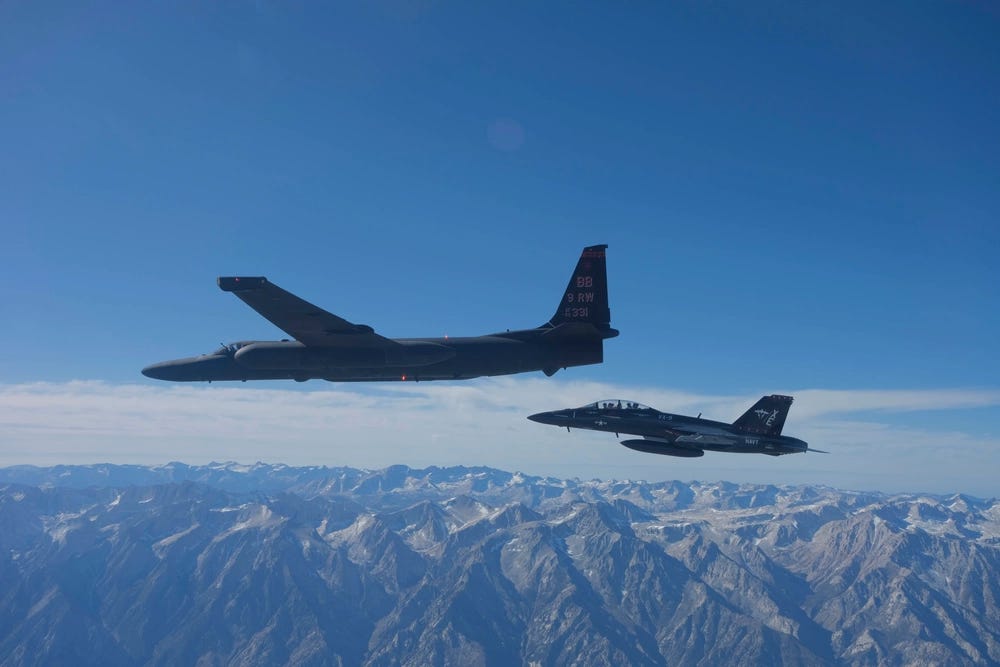
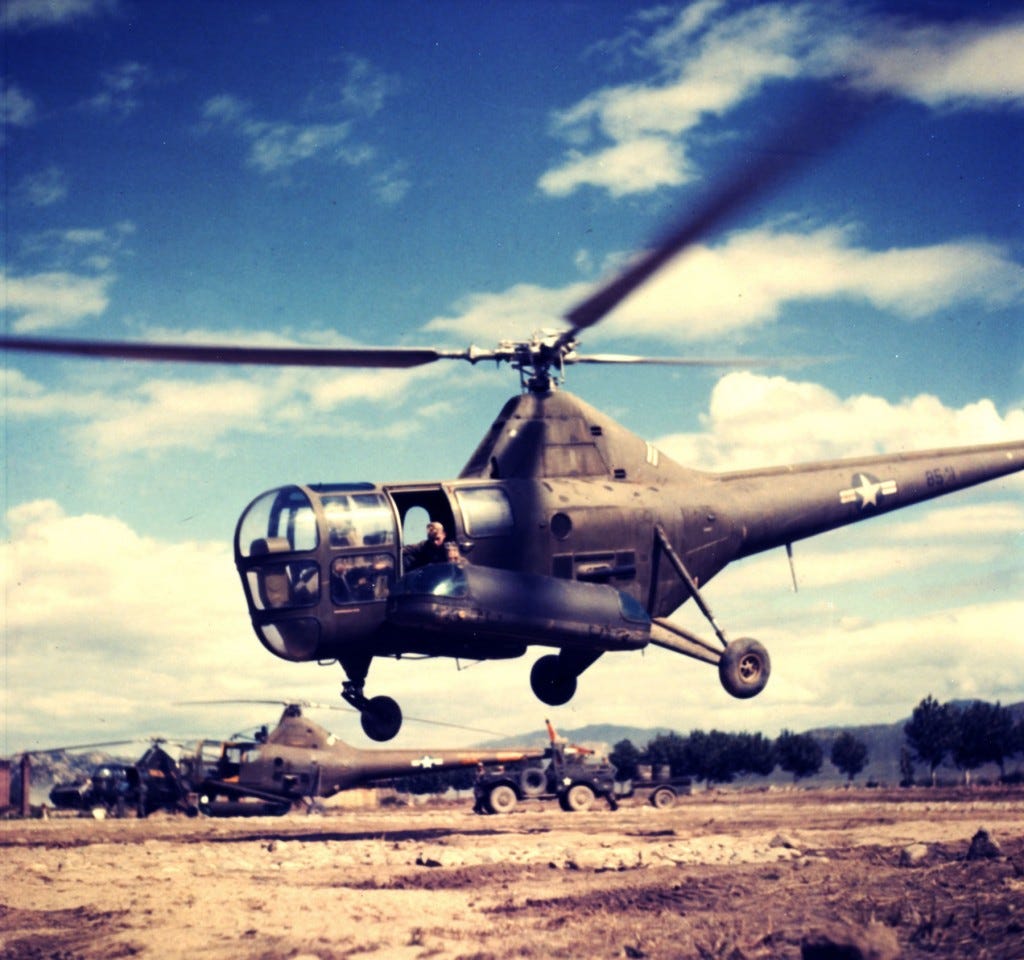
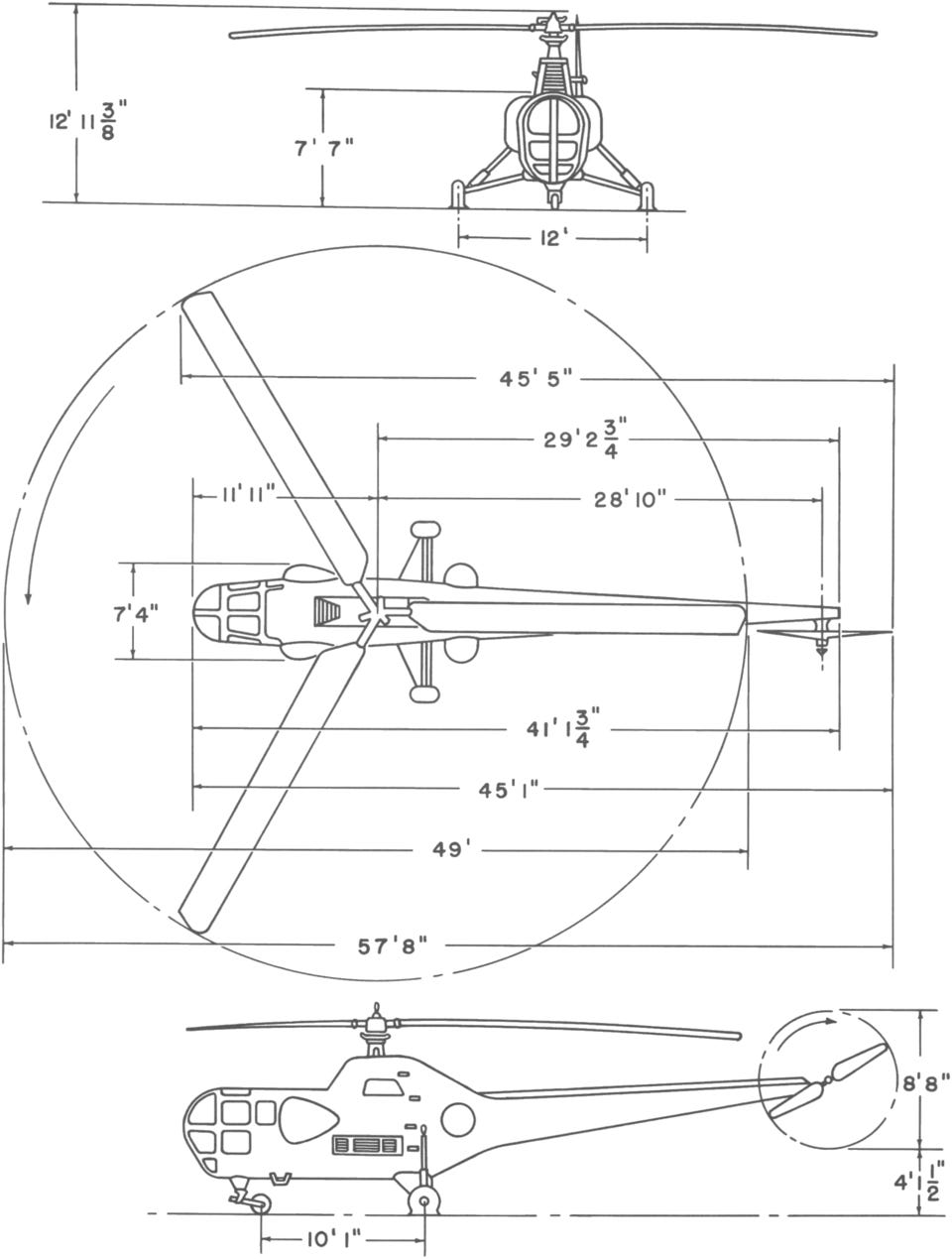
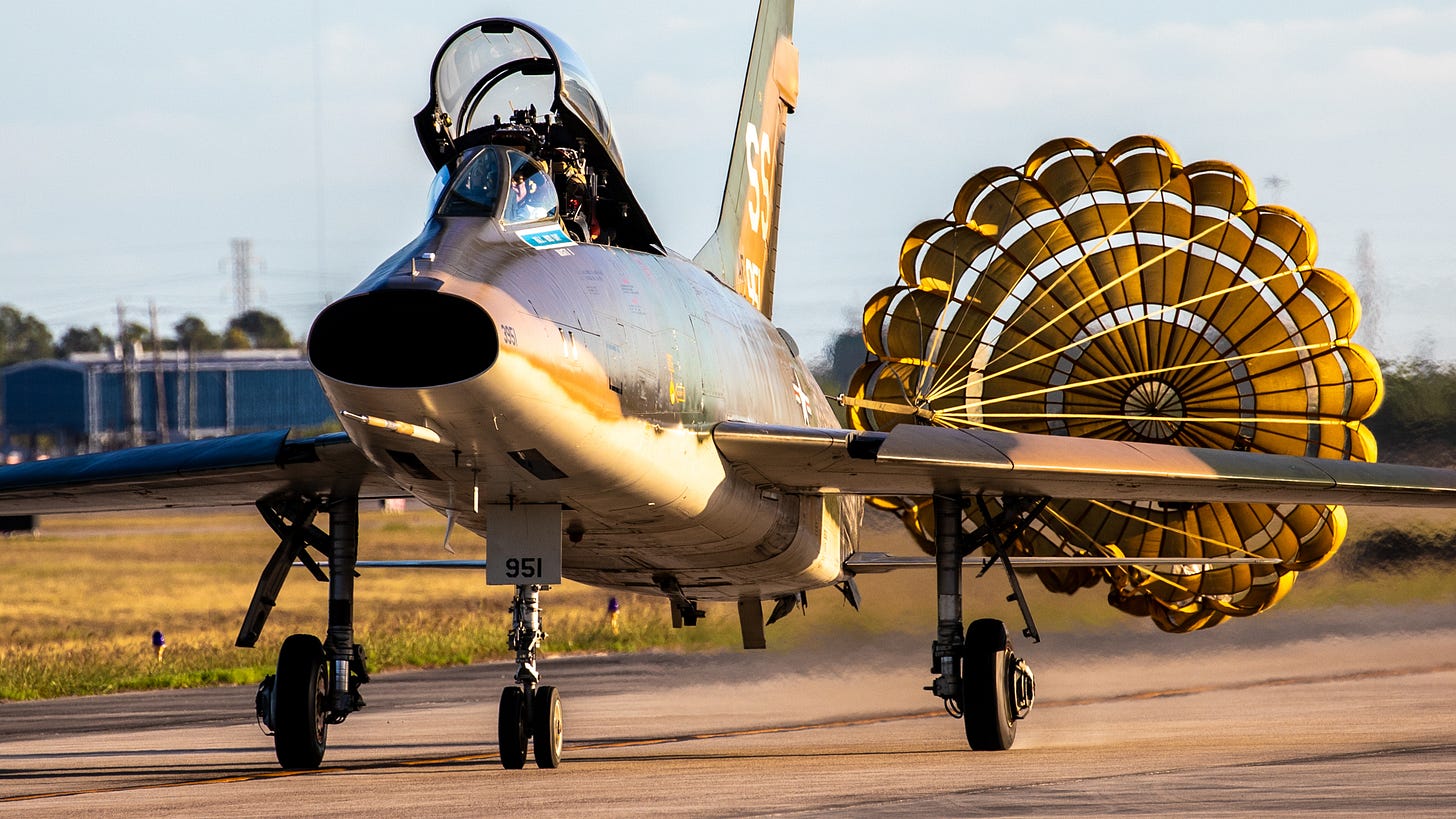
The differences between AH-1Z Viper or AH-64 Apache...
I'm not much of a Bell guy, and have flown many more hours in the Sikorsky aircraft and happy I did. I know the Apache is a Boeing A/C but thought it was originally built by Igor's team. Anyway, The AH-64 Apache is a heavier, more powerful platform with superior firepower and armor. Important in the battlefield environment. I never could understand why Bell stuck with a 2-bladed rotor system so long as they are much noisier, and lack the smoother ride. The Viper is 50 kts faster and probably more agile, but it is meant for attack type scenario's and has the later rotor system. Flip a coin, either can do medevac operations and the Viper can get you there minutes faster which may be the difference between life and death, I guess. I just don't like Bell even though I have flown 7-8 different models.